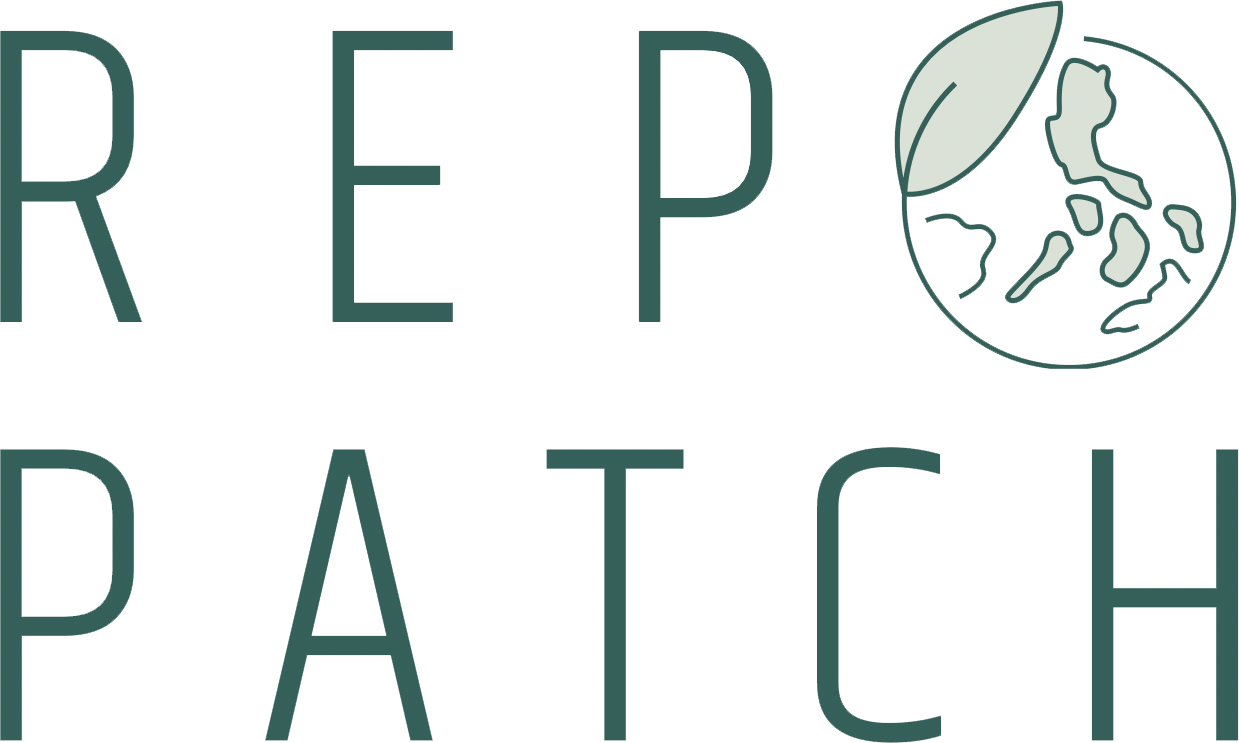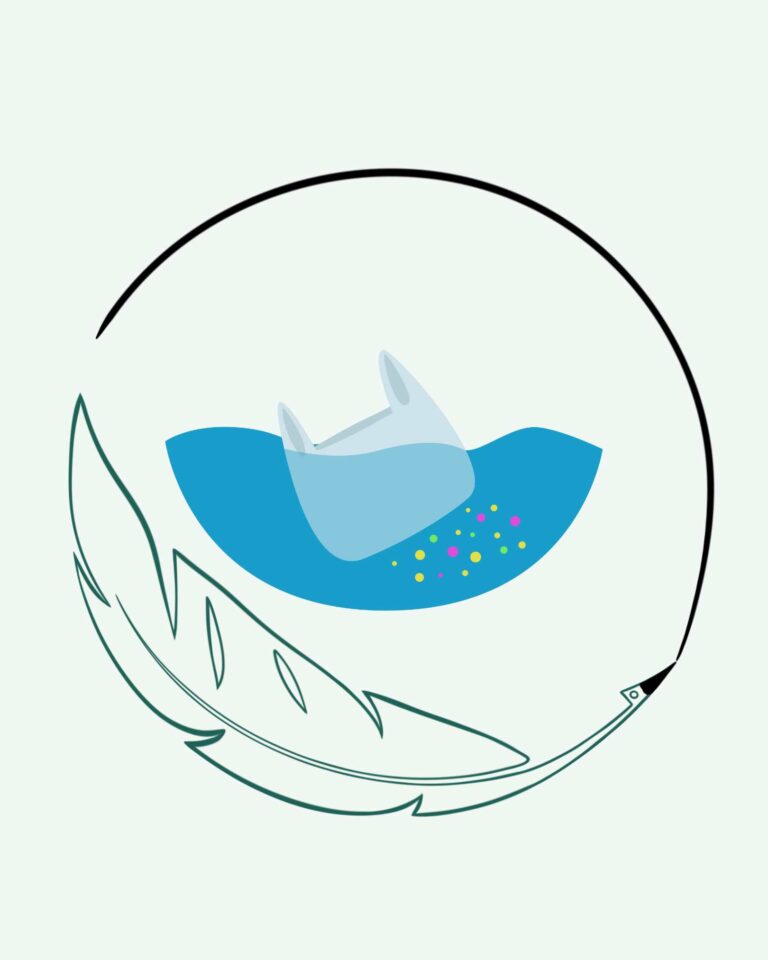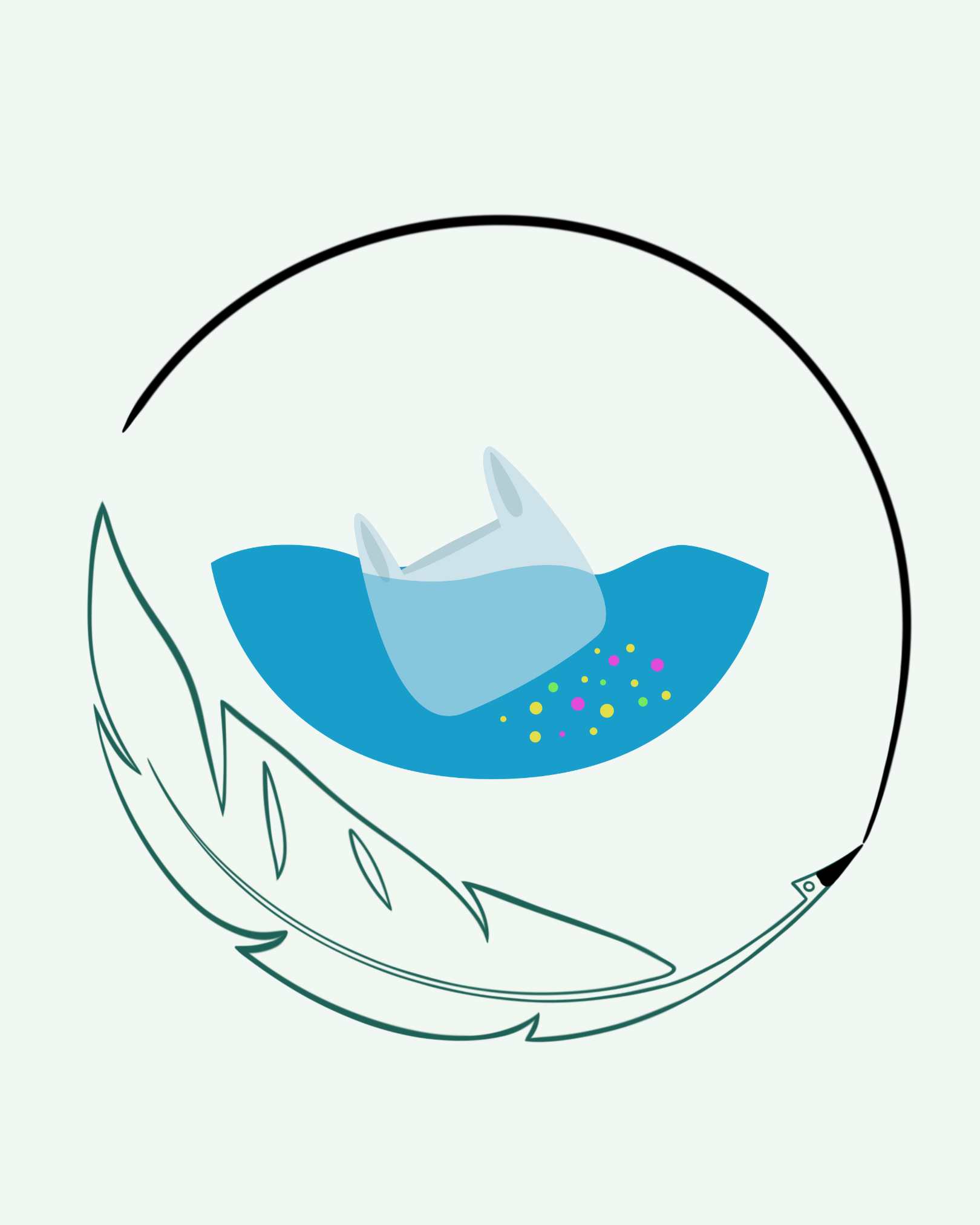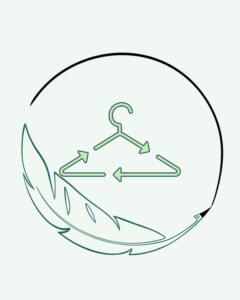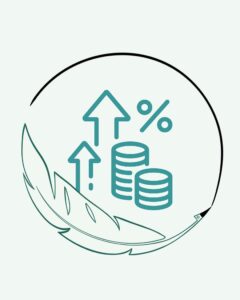Microplastic is plastic particle smaller than 5 millimeters in diameter. Although they are too small to be seen with the naked eye, the damage they cause to the environment and living creatures is enormous. First identified in 2004 by British scientist Richard Thompson, microplastics are now found everywhere, from the oceans to the soil and drinking water.
What is Microplastic and What Are Its Types?
Primary Types: Plastic particles produced directly at micro-sized sizes. For example:
- Plastic microbeads found in toothpastes and exfoliating products (they were in some products before 2010 but are now banned from most legal markets, also a ban planned for 2023 in Turkey),
- Plastic dust used in industrial applications,
- Microfibers produced in the production of synthetic textiles.
Secondary Types: They form when larger plastics (bottles, bags, packaging) break down over time. Factors such as sunlight, water, and wind erode plastics and break them into smaller pieces.
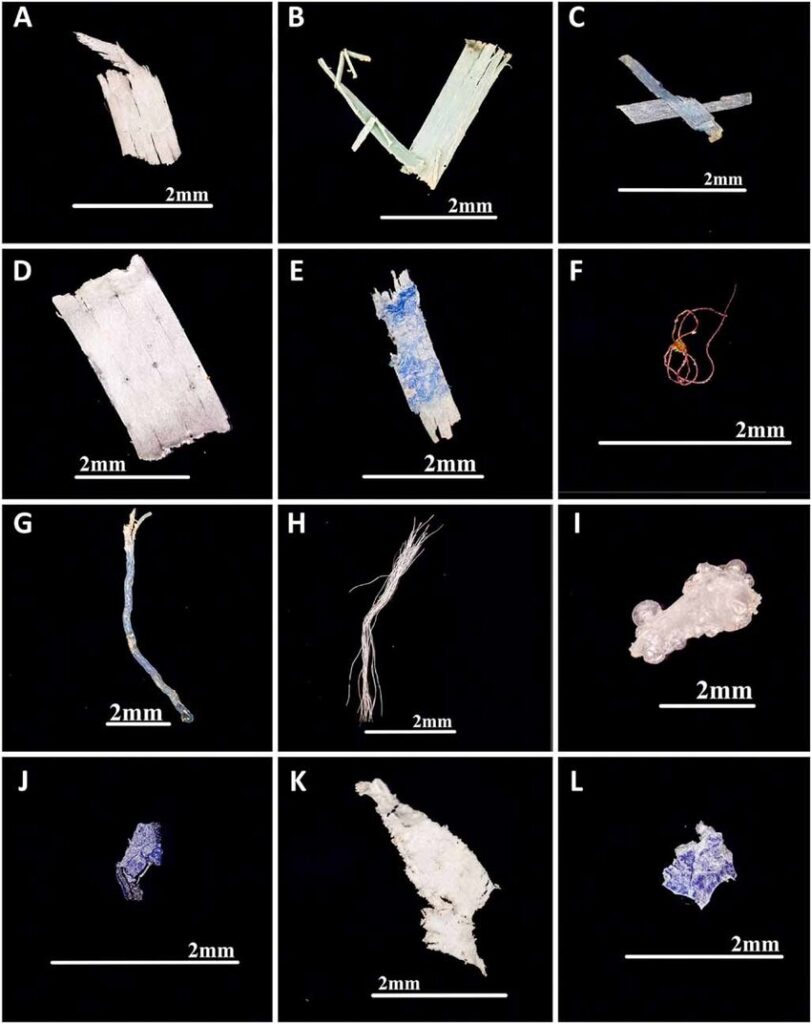
Where is it Found?
- In the Ocean: 80% of plastic pollution originates from land, carried to the seas by wind and rivers. According to a United Nations report, there are approximately 51 trillion pieces of microplastic in the oceans. That’s more than the stars!
- In the Soil: Plastic packaging and fertilizers used in agriculture lead to the accumulation of microplastics in the soil.
- In the Air: Studies have shown that plastic particles in urban air reach our lungs through inhalation.
- In the Food Chain: Fish and shellfish ingest microplastics, and we ingest them when we consume them.
How is it Formed?
A significant portion of it comes from the use of plastic in our daily lives.
For example:
- When clothing made of synthetic fabrics (polyester, nylon, etc.) is washed, microfibers are released into the water. Globally, approximately 35% of all primary microplastics originate from the washing of synthetic textiles, an estimated 2–13 million tons per year. Moreover, it has been determined that just one washing machine wash can release more than 700,000 microfibers.*
- Plastic bags, bottles, and packaging break down into microplastics as they remain in the environment.
- Small plastic particles are released into the atmosphere when vehicle tires wear down due to road friction.
and many other similar conditions can occur.
Why Is It Dangerous?
- Ecosystem: It enters the digestive systems of marine organisms, disrupting their life cycle.
- Food Chain: It reaches our tables via fish. A 2019 study by Kieran Cox and colleagues published in the journal Environmental Science & Technology estimates that the average individual may ingest 39,000–52,000 microplastic particles annually through food and drink alone, and 74,000–121,000 particles through all routes, including breathing.
- Chemical Hazard: It can carry heavy metals and toxic chemicals. It can accumulate in our bodies and cause health problems such as inflammation and hormonal imbalances.
Microplastics add a new dimension to plastic pollution, one of the biggest environmental crises today. While recycling and upcycling are emerging as important tools for reducing this pollution, their impact on nature and our health is becoming increasingly prominent.
In this article, we will explore the role of recycling and upcycling in combating plastic waste.
The Benefits and Risks of Recycling in the Context of Microplastics
Recycling is the process of collecting, processing, and repurposing plastic waste into raw materials. This process directly reduces the amount of plastic waste and contributes to the conservation of natural resources.
Benefits of Recycling
- It reduces waste and prevents the accumulation of plastic in landfills.
- It reduces the need for raw materials for the production of new plastics, thereby partially saving energy and water.
However… The Risk of Microplastics
Recycling activities can lead to the formation of microplastics. Small plastic particles can enter the environment, especially during the washing, grinding, and sorting of plastics. According to a study conducted in the UK, recycling facilities can release millions of microplastics annually (Inside Climate News, 2023).
So, while recycling is important in combating plastic pollution, it is important to be mindful of the risk of spreading small plastic particles during these operations.
The Role of Upcycling in Combating the Microplastic Problem
Upcycling is a method that focuses on craftsmanship, that is, valuable handicraft, rather than breaking down waste materials into their smallest particles through industrial processes. Unlike recycling, minimal degradation occurs in the physical or chemical structure of the material, resulting in products with higher added value.
Advantages of Upcycling
- Transforming plastic waste into new and valuable products increases economic and environmental sustainability.
- It can prevent the formation of small plastic particles by encouraging the use of waste without industrial processes.
- It uses less energy and chemicals in waste management systems, resulting in significantly less carbon emissions, unlike recycling.
Sustainable Approaches to Replacing and Combating Microplastics
Plastic pollution cannot be solved without a thorough understanding of the concepts of recycling and upcycling. While recycling prevents plastics from being dumped into the environment, it can pose a risk of microplastics. Upcycling, on the other hand, processes waste less, transforming it into valuable products and reducing the formation of small plastic particles.
At Reppatch, we adopt a holistic approach that allows plastic and textile waste to gain value before it releases microplastics. This approach encompasses both upcycling and recycling. For example, in our project with Aksa Power Generation, two tons of waste materials were upcycled into new products and returned to nature. You can view our sample projects here and contact us to plan innovative projects together.
We know that upcycling and recycling offer a powerful solution together, and we believe it’s possible to transform our consumption habits by rethinking waste and using a creative perspective on this journey.
